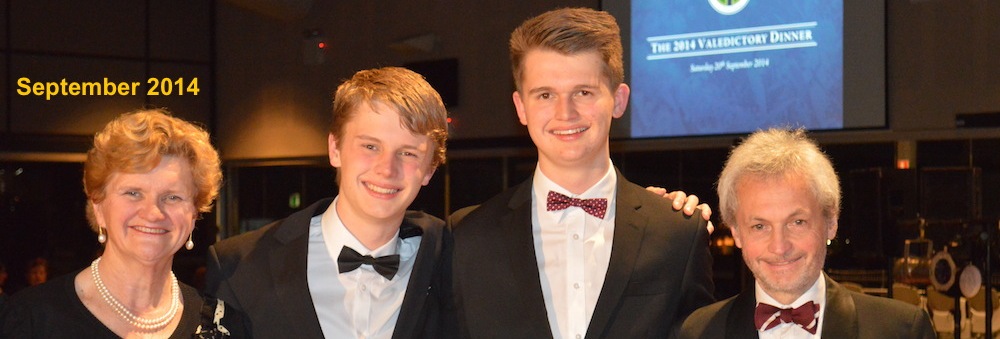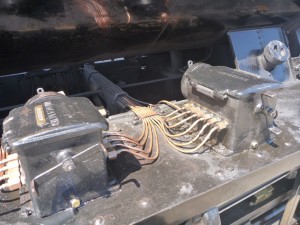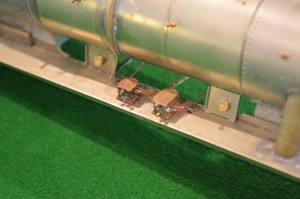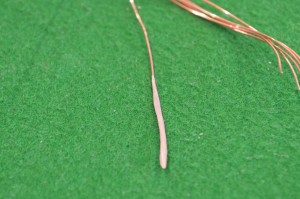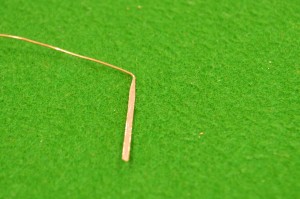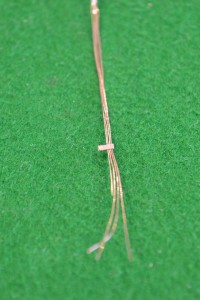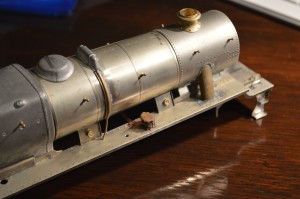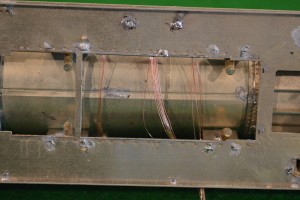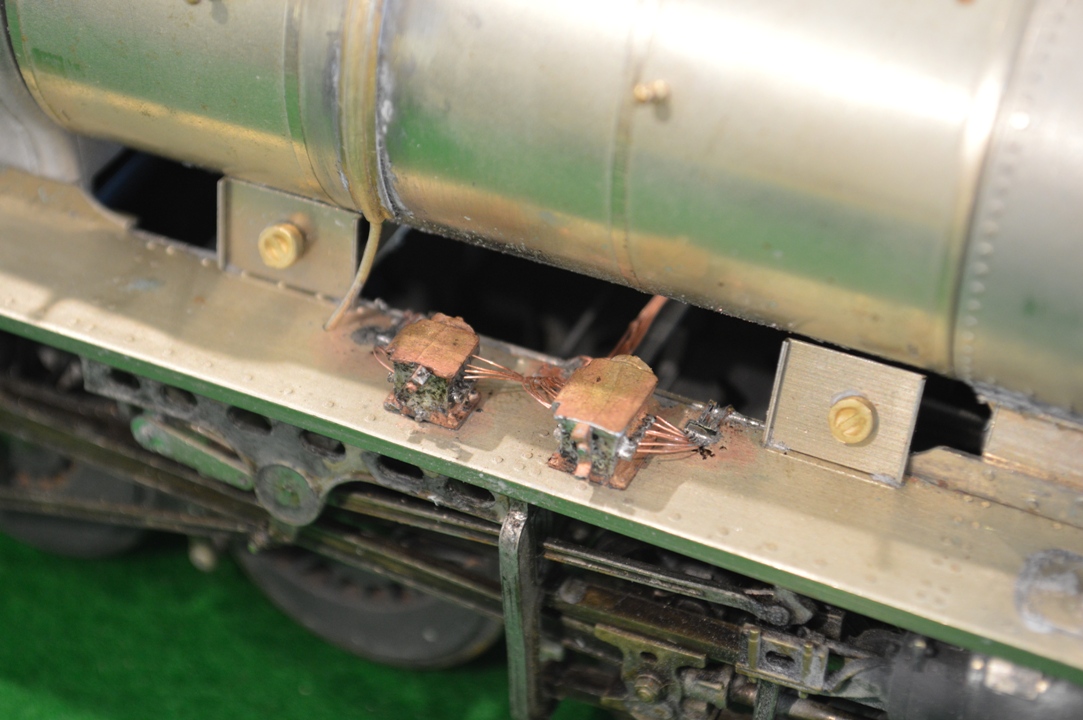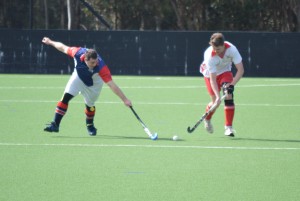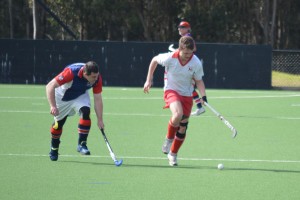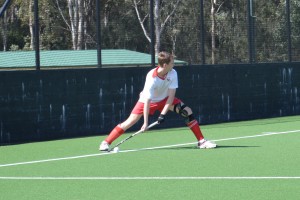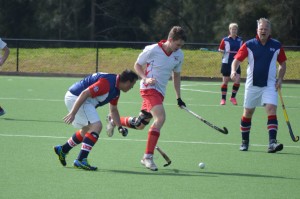I had an excellent day playing cricket yesterday. Actually, it does’t sound much, 11 runs, but it was very good, for me.
I opened the innings for our side – facing the first ball – with a target of about 112 I think. We had an opening partnership of 43, off about the first 15 overs (out of 35). We weathered the storm of their opening bowlers, and not only could I defend, but this innings for the first time I managed the transition from pure defence to starting to attack. I managed to pick the bad balls and hit them, whilst picking the danger balls and defending. A few really good shots gave me confidence. A nice square cut for two (I was disappointed it didn’t reach the boundary, it was hit cleanly but along the ground) and my first four. Actually I have this vague recollection of accidentally edging a four a couple of seasons ago, but that doesn’t count.
Nick was there to see me bat, and says it looked good. Even Dave Hadden, who is a very harsh critic, said that I played some good shots. When I was out, it was to a pulled shot which went up in the air and was caught, but by that stage we had laid the foundations for what proved to be a successful run chase, and I either needed to accelerate the scoring or get out of the way of someone who could.
So I was pleased. Ridiculously pleased. Even several of the opposition (a really good bunch of blokes from Glenmore Park, many from “the subcontinent”) said I had batted well.
So what had changed? Actually in some respects I think it is that I hadn’t been practicing so hard, and so in a bizarre sort of way didn’t feel quite the same pressure to show results!
I can hardly walk today, though, for my aching muscles.
